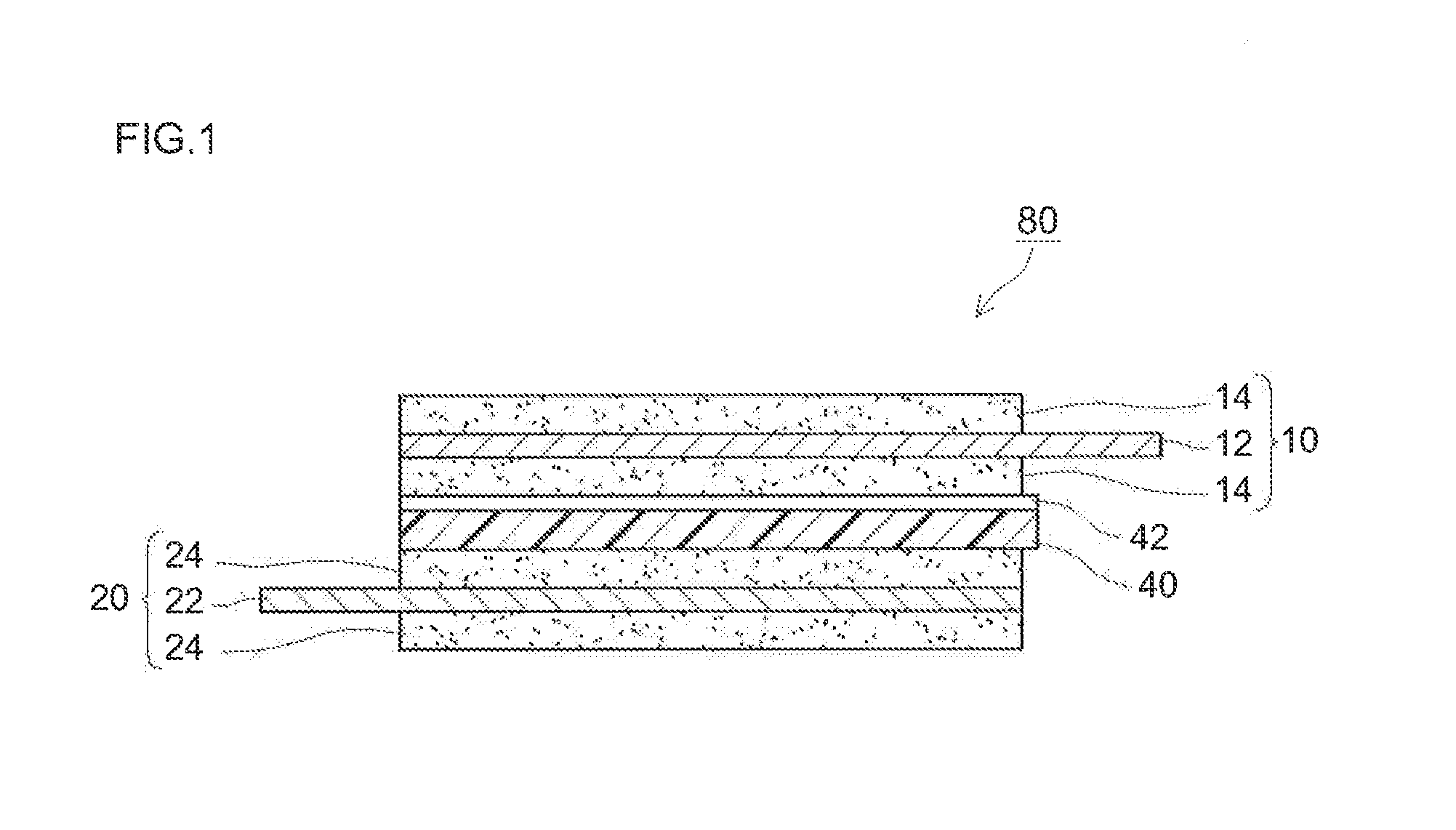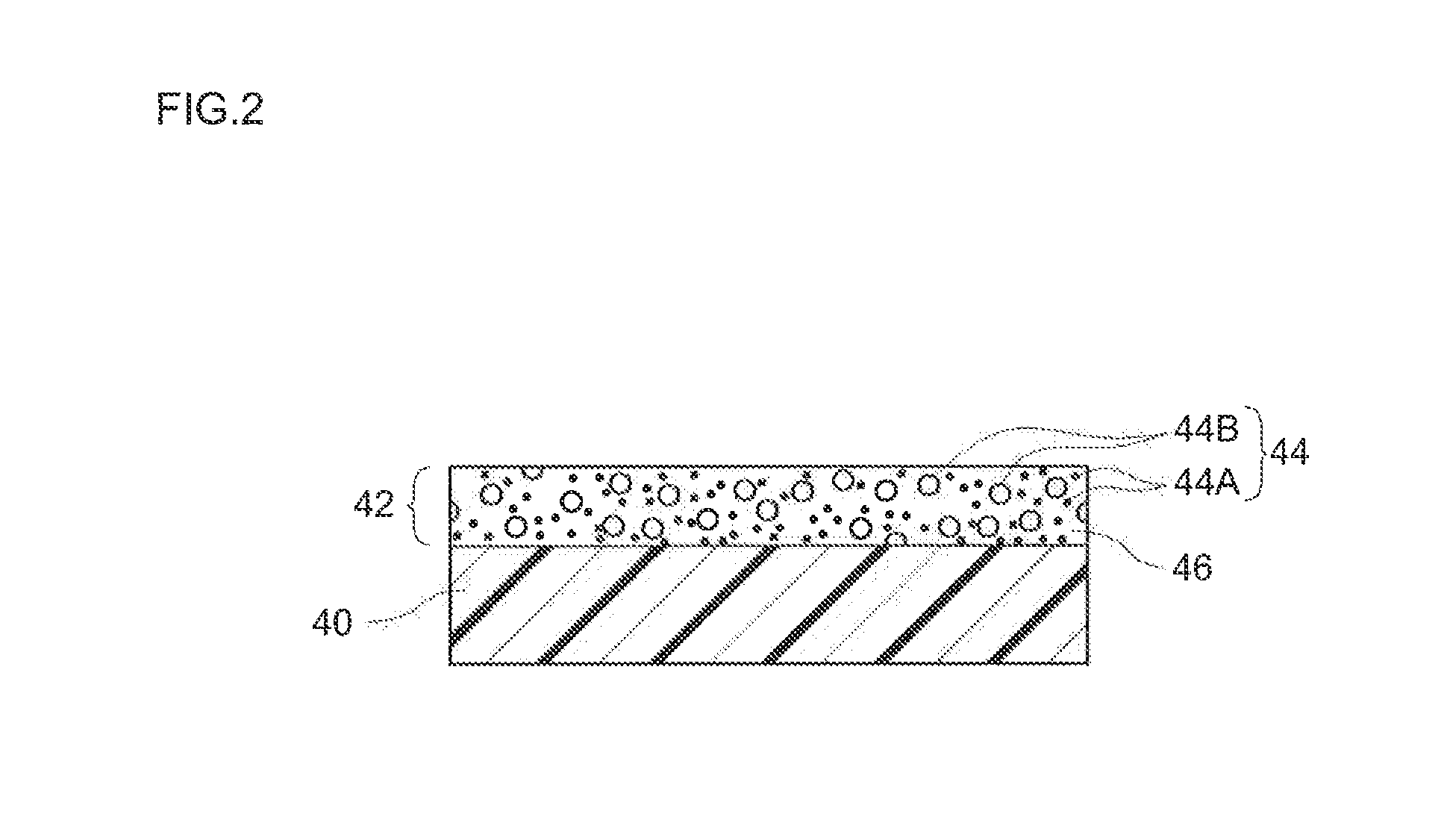Nonaqueous electrolyte secondary battery
a secondary battery and electrolyte technology, applied in the field of secondary batteries, can solve the problems of increasing iv resistance, reducing high-rate characteristics, and not being able to achieve the effect of increasing porosity in the manner of patents, and achieving excellent high-rate characteristics and good durability
- Summary
- Abstract
- Description
- Claims
- Application Information
AI Technical Summary
Benefits of technology
Problems solved by technology
Method used
Image
Examples
Embodiment Construction
[0028]Embodiments of the invention are described below in conjunction with the attached diagrams, in which members or features having like functions are denoted by like symbols. Dimensions (length, width, depth, etc.) in the respective drawings do not reflect actual dimensions, Note that technical matters which are required for carrying out the present invention but are not particularly mentioned in the present Description (e.g., methods of manufacturing positive electrode active materials and negative electrode active materials, the construction of and methods of manufacturing separators and electrolytes, the general art relating to the building of nonaqueous electrolyte secondary batteries and other batteries) are matters of design variation that could be apprehended by those skilled in the art based on prior art.
[0029]In the embodiment described below, the battery separator according to the invention is employed as a separator in a lithium secondary battery serving as an example ...
PUM
| Property | Measurement | Unit |
|---|---|---|
| particle diameter | aaaaa | aaaaa |
| porosity | aaaaa | aaaaa |
| porosity | aaaaa | aaaaa |
Abstract
Description
Claims
Application Information
 Login to View More
Login to View More - R&D
- Intellectual Property
- Life Sciences
- Materials
- Tech Scout
- Unparalleled Data Quality
- Higher Quality Content
- 60% Fewer Hallucinations
Browse by: Latest US Patents, China's latest patents, Technical Efficacy Thesaurus, Application Domain, Technology Topic, Popular Technical Reports.
© 2025 PatSnap. All rights reserved.Legal|Privacy policy|Modern Slavery Act Transparency Statement|Sitemap|About US| Contact US: help@patsnap.com



